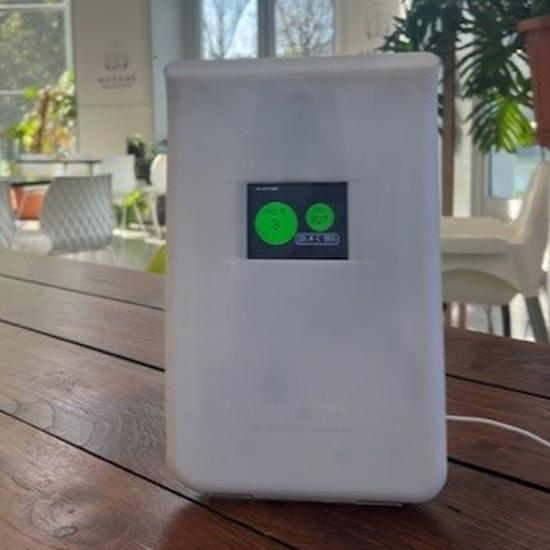Making a product more autonomous is one of the common smart product scenarios that product companies are able to pursue thanks to digital technology. In this blog you will learn about the key drivers and benefits of adding smart autonomy to your products, illustrated with several product examples of local companies.
|
Products become less dependent from human intervention
Thanks to automated decision making, the product takes more control over its own operation and becomes less dependent of interventions by a human or by an overarching system. The key enabling technology is the decision-making software that steers the autonomous operation of the product.
Some inspiring examples:
- The Will-Fill is an add-on device with a built-in control unit that automatically adjusts and remotely monitors the cutting fluid of metalworking machines. More about this case
- Gilbos’s SmarTwist textile machine continuously monitors the processing of yarns and makes its own adjustments to the machine parameters to guarantee quality, regardless of machine wear or limited operator knowledge. More about this case
- Ethernetics’ modular Decabon platform for powering, monitoring and managing server racks uses embedded software for optimal system management and energy savings up to 30%. More about this case
- 4INCH’s SNUGR product range makes use of connected motorized radiator valves and a central software application to allow each room to have the right temperature at the right time, depending on its real use and occupancy. More about this case
- The Alberts One blending station uses a food processing robot to turn frozen fruits & vegetables in smoothies as if it were a simple vending machine. More about this case
- Yamabiko’s “Connected Line” robotic mowing solutions obtain a better product performance and higher productivity in more complex installations by using more advanced navigation technologies and algorithms. More about this case
Increased efficiency and more convenience for users
Making the performance of the product less dependent on humans or external systems leads to higher productivity, quality, availability, ... This brings customer value beyond the likely cost reduction related to less manual interventions. Smart autonomy often simplifies operations, reduces effort and decreases hassle of the customer’s job-to-be-done. User experience gains dramatically wherever tedious human interventions can be reduced or even entirely avoided.
From a differentiating smart functionality to a more comprehensive solution
By making their products more autonomous, product companies go for a “best product” strategy in which they differentiate from competitors and increase their margins and revenues. Delivering a more comprehensive solution that makes up a larger part of the system at the customer allows a product builder to reposition in the value chain as well. Taking up a larger part of a solution or process at a customer also makes it more difficult to cancel or replace the product and thus improves customer bonding.
Interested to learn more about smart products? Deep dive in our online smart product inspirator for more scenarios and product examples or contact our expert Pieter Beyl directly!




